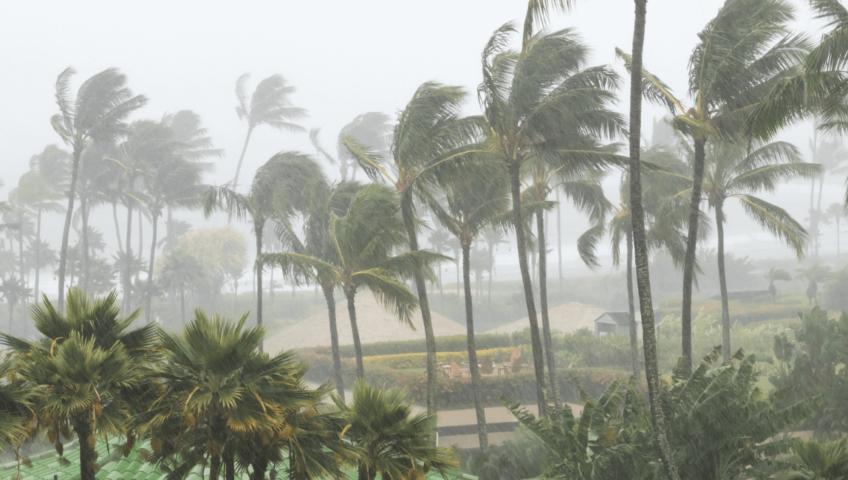Building Your Own Slice of Paradise: How to Choose the Perfect Location for Your Vacation Home in Barbados
Barbados is a small island paradise in the Caribbean, an increasingly popular destination for those looking for a relaxing getaway. The island’s stunning natural beauty, crystal clear waters, and laid-back lifestyle make it an ideal location for a vacation home.
However, choosing the perfect location for your vacation home in Barbados can be daunting. With so many options available, it can be challenging to know where to start. In this article, we will provide some tips and advice on choosing the perfect location to build your vacation home in Barbados.
Consider the Type of Vacation You Want
The first thing to consider when choosing a location for your vacation home in Barbados is the type of vacation you want. Do you want a secluded and private retreat or to be in the heart of the action? Do you want to be close to the beach, or would you prefer to be nestled in the lush tropical greenery? Understanding your vacation needs will help you determine which location is best suited for you.
If you want a secluded and private retreat, areas like St. James, St. Peter, and St. Andrew are great options. These areas offer stunning natural beauty and a sense of tranquillity that is hard to find elsewhere. On the other hand, if you prefer to be in the heart of the action, then areas like Christ Church and St. Lawrence Gap may be more to your liking. These areas are bustling with activity and offer many restaurants, bars, and nightlife options.
Consider the Accessibility of the Location
Another important factor to consider when choosing the perfect location for your vacation home in Barbados is accessibility. How easy is it to get to the location? Is it close to the airport? Are there transportation options available? These are all critical questions to ask yourself.
If you want easy access to your vacation home, areas like St. Philip and Christ Church may be your best bet. These areas are close to the airport and have good transportation links. On the other hand, if you don’t mind a bit of travel, areas like St. Andrew and St. Joseph may be more to your liking. These areas are more secluded but offer stunning natural beauty worth the journey.
Another important factor to consider when choosing a location for your vacation home and you plan on renting out your property is making sure it’s easily accessible for your guests. In addition, you’ll want to ensure it’s convenient to get to from the airport and other vital amenities your guests will want to enjoy.
Consider the Amenities and Services Available
When choosing the perfect location for your vacation home in Barbados, it’s important to consider the amenities and services available. For example, do you want to be close to a grocery store or a pharmacy? Are there restaurants and bars nearby? What about healthcare facilities? These are all important factors to consider when choosing a location.
Areas like Christ Church, St Michael and St. James are great options if you want easy access to amenities and services. These areas offer a wide range of restaurants, bars, and shops. They also have good healthcare facilities and are close to the airport. If you prefer a more secluded location, areas like St. Andrew and St. Peter may be more to your liking. These areas offer stunning natural beauty but may not have as many amenities and services.
Consider the Security and Safety of the Location
When choosing the perfect location for your vacation home in Barbados, it’s important to consider the security and safety of the area. You want to feel safe and secure in your vacation home, so choosing a location with a good reputation for safety is important.
Areas like St. James, St. Peter, and St. Andrew are known for their safety and security. These areas have a low crime rate and are considered some of the safest places on the island. However, if you want to be extra cautious, purchase in a community with 24-hour security, such as Royal Westmoreland or Apes Hill Barbados (our friends at Residence Barbados can help with this). If not, investing in a security system for your vacation home is a good idea.
Consider Beach Access
One of the main reasons people choose to build a vacation home in Barbados is for the stunning beaches. When selecting a location, it’s important to consider how close you want to be to the beach. If you want to wake up and take a morning dip, you might want to look for a property right on the beach. On the other hand, if you’re looking for a more secluded location, you might prefer a property set back from the beach but still within easy reach.
Consider the Price
Finally, it’s important to consider the price when choosing a location for your vacation home. Barbados has a wide range of properties available at different price points, so it’s important to have a clear budget in mind before you start your search. Also, remember that the property’s price is not the only cost to consider – you’ll also need to factor in the cost of upkeep, utilities, and any other expenses associated with owning a vacation home.
In conclusion, choosing the perfect location for your vacation home in Barbados requires careful consideration of various factors, from beach access and accessibility to safety and security, local amenities, and price. By taking the time to research different areas and weigh up the pros and cons of each, you can find the perfect spot to build your own slice of paradise. The team at Berkan Construction can help you with your decision with our wealth of local knowledge. Just contact the Berkan Construction Services team today to discuss your project.
Image: Tatters at Royal Westmoreland constructed by Berkan Construction Services Inc.




